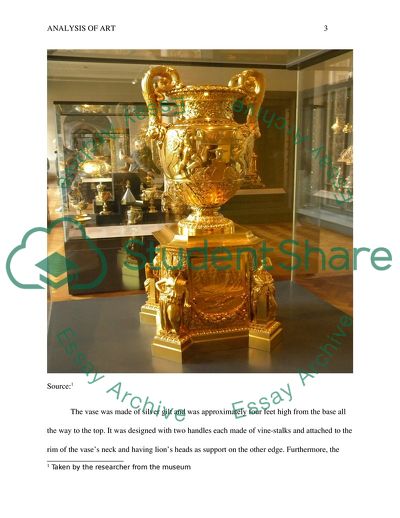Cite this document
(The Lafayette Vase by Fauconnier Case Study Example | Topics and Well Written Essays - 1500 words, n.d.)
The Lafayette Vase by Fauconnier Case Study Example | Topics and Well Written Essays - 1500 words. https://studentshare.org/visual-arts-film-studies/1787690-the-lafayette-vase
The Lafayette Vase by Fauconnier Case Study Example | Topics and Well Written Essays - 1500 words. https://studentshare.org/visual-arts-film-studies/1787690-the-lafayette-vase
(The Lafayette Vase by Fauconnier Case Study Example | Topics and Well Written Essays - 1500 Words)
The Lafayette Vase by Fauconnier Case Study Example | Topics and Well Written Essays - 1500 Words. https://studentshare.org/visual-arts-film-studies/1787690-the-lafayette-vase.
The Lafayette Vase by Fauconnier Case Study Example | Topics and Well Written Essays - 1500 Words. https://studentshare.org/visual-arts-film-studies/1787690-the-lafayette-vase.
“The Lafayette Vase by Fauconnier Case Study Example | Topics and Well Written Essays - 1500 Words”. https://studentshare.org/visual-arts-film-studies/1787690-the-lafayette-vase.


